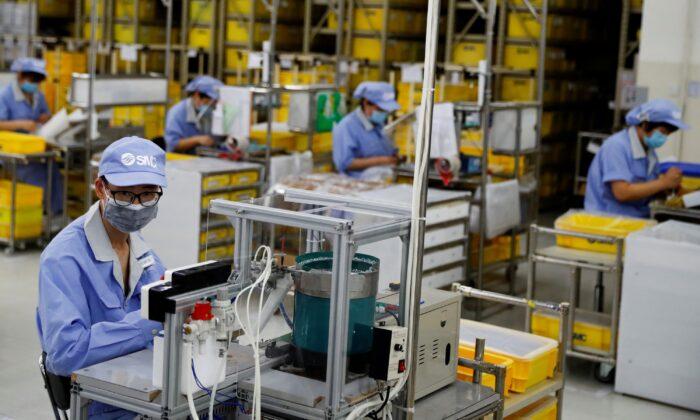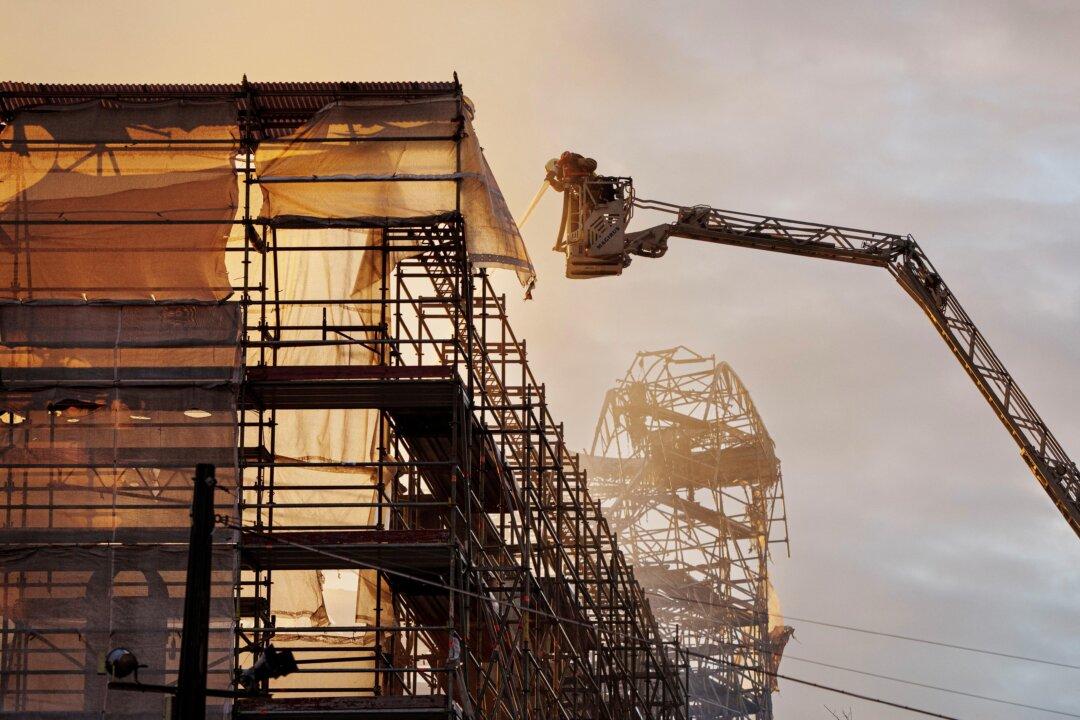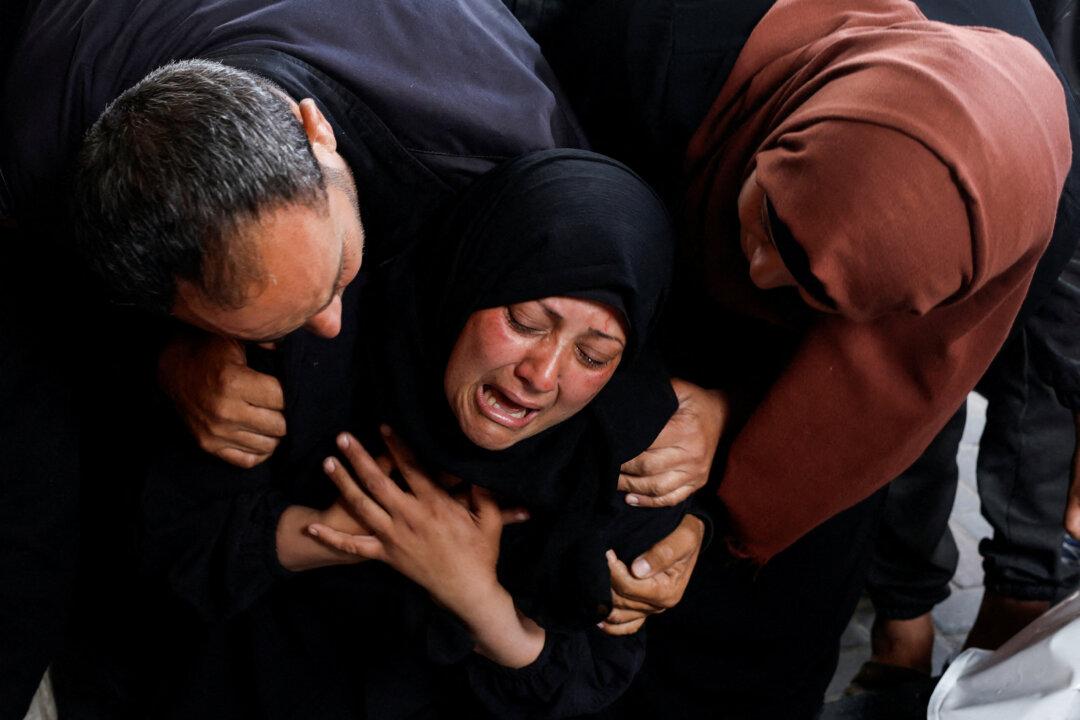BEIJING—China’s factory activity unexpectedly accelerated in December, but only by a slim margin, an official survey on Friday showed, with analysts foreseeing more economic headwinds in the near term and policymakers being pressured to offer support measures.
The official manufacturing Purchasing Managers’ Index (PMI) rose to 50.3 from 50.1 in November, data from the National Bureau of Statistics (NBS) showed.
Analysts had expected it to fall slightly to the 50-point mark, which separates growth from contraction.
The world’s second-largest economy has lost steam since the early summer after rebounding from last year’s pandemic slump, weighed down by a slowing manufacturing sector, debt problems in the property market, carbon emissions-related curbs, and COVID-19 outbreaks.
Next year, China will face “unprecedented” difficulty in stabilizing trade, Vice Commerce Minister Ren Hongbin warned on Thursday, as production capacity in other exporting countries recovers from COVID-induced shocks and competes with Chinese exports.
“Looking to January, we expect the manufacturing PMI to fall to 50.0, weighed on by the stricter-than-usual anti-pollution measures to ensure blue skies for the upcoming Winter Olympics that will start in early February and contracting demand as result of the property downturn and slowing export growth,” Nomura economists wrote in a note.
Data from the statistics bureau showed a sub-index for new orders improved slightly in December but remained in contraction, at 49.7 versus 49.4 in November.
New export orders shrank further, with the sub-index coming in at 48.1 compared with 48.5 a month earlier, indicating fragile overseas demand.
COVID-19 Disruptions
The wealthy Zhejiang province on China’s eastern coast saw a COVID-19 outbreak in December. Some firms were forced to suspend production.In the northwest, the industrial and tech hub of Xi'an has been under lockdown as a local outbreak continues to spread in the city of 13 million.
Samsung Electronics and Micron Technology, two of the world’s largest memory-chip makers, have warned that the ongoing lockdown of the city could affect their chip manufacturing bases in the area.
Activity in China’s overall services sector grew at a slightly faster pace in December, rising to 52.7 from November’s 52.3.
China’s official composite PMI, which includes both manufacturing and services activity, stood at 52.2 in December, unchanged from November.
Analysts expect a further slowdown in fourth-quarter gross domestic product (GDP) after the economy grew 4.9 percent in July-September.
Debt crises at major real estate developers amid a crackdown on the property sector have hurt an industry critical to China’s economic growth.
The central bank in mid-December cut the reserve requirement ratio (RRR)—the amount of cash that banks must hold in reserve—to bolster slowing economic growth.






Friends Read Free